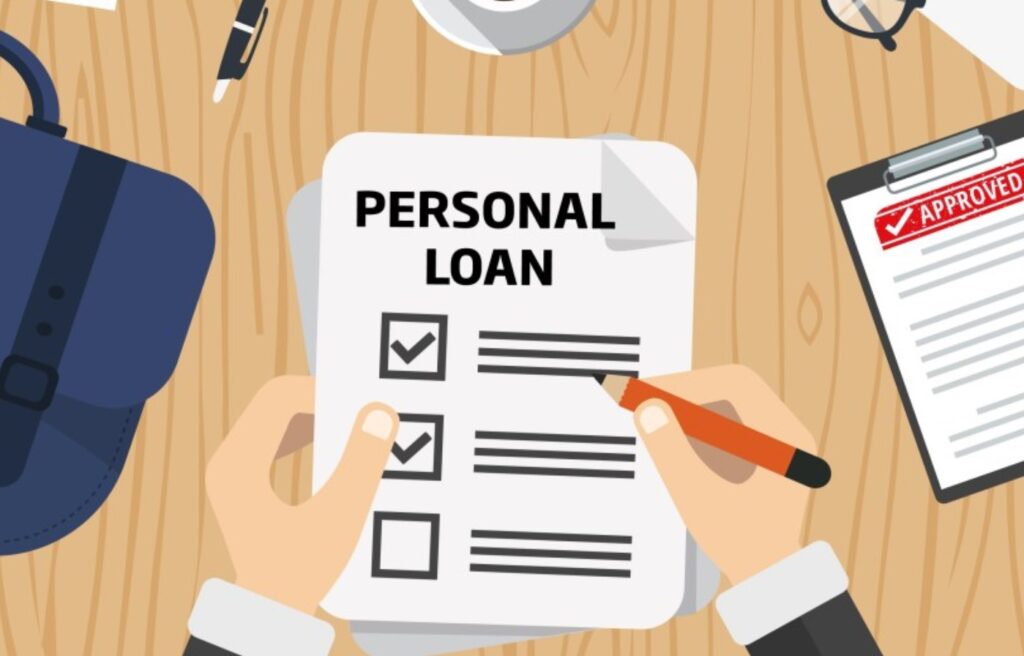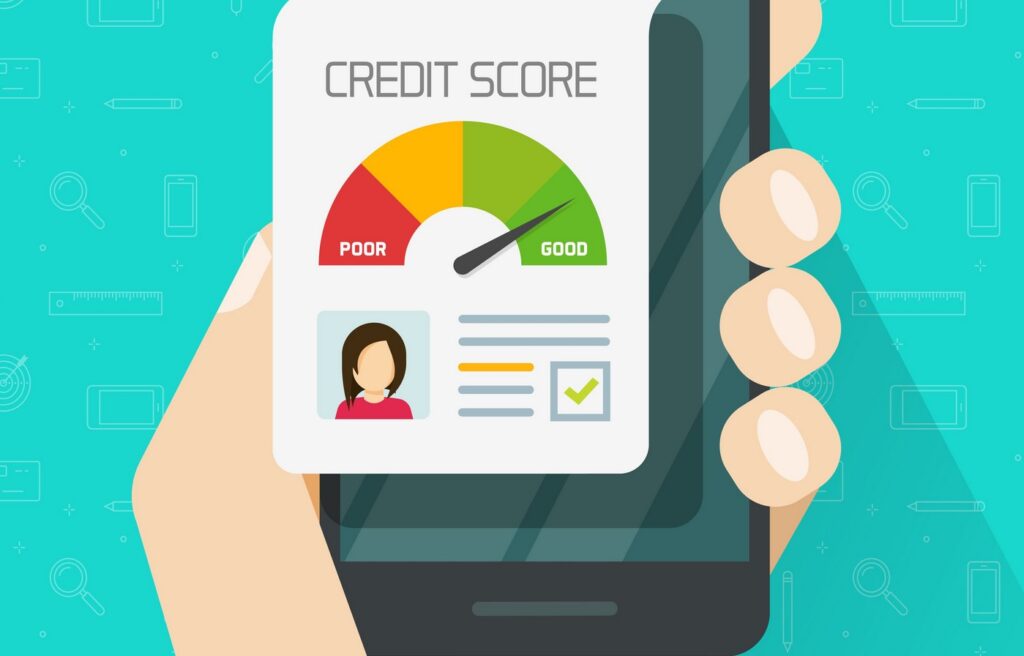Carving a budget & having enough savings to help meet our financial expenses is not always possible realistically. Hence, options like Personal Loan and Line of Credit come to the rescue of those people who need cash/credit to meet expenses in their day to day life. The ones who borrow money should be able to choose the most cost-friendly option that meets their needs.
Personal Loans and Line of Credit are two options available to the consumers for obtaining a loan, and they come in both secured & unsecured form. The secured way of borrowing in the above cases include giving an asset as collateral in case of a default on the loan. In the case of an unsecured personal loan and line of credit, lenders provide funds without any collateral required. This makes the unsecured personal loans & line of credit a flexible alternative to get cash for different purchases and occasions.

To become eligible for both kinds of loans, the lender would want to validate the applicants’ credit history and their income. Having a good credit for approval with an excellent credit history would make the terms of the credit favorable for the applicant. If one has a higher credit score, it makes qualification for a higher loan balance or lowers interest rate smoother.
There are multiple differences between the two, which are mentioned as follows:
1. The biggest one being, on how the funds which are borrowed are paid off. In a personal loan, the amount borrowed is set and paid off in a large sum of money but, in line of credit, the applicant can take out as much as the money they need. The borrower has a credit limit and money can be taken out up to that limit depending on the need.

2. The interest rate differs in both the options, with a lower rate being typically more common in case of a personal loan and higher rate in case of the line of credit. The interest rate varies in the case of the latter, so the lender can raise the same after the money is borrowed. The former option can also have a variable rate of interest, but usually, the rate doesn’t change throughout the entire period of the credit.
3. Repayment happens to be another distinguishing factor in both the options to secure funds. In case of a personal loan, payments are made monthly set at the beginning of the month. The balance and interest earned on the borrowed amount are divided across monthly payments to pay the loan off in the chosen period for repayment. The terms of repayment for a line of credit are not defined or fixed and will vary from one lender to the other. A common example of a repayment here could be the way we make payments for credit cards. The period here could be longer than a personal loan repayment period.

The financial situation the borrower is in impacts the way one decides which option to consider for funds, a careful study of the features of the options, and the kind of credit which is required impacts the decision. When a person isn’t aware of their monetary requirements, they can opt for a line of credit option as funds are available for when the person needs it, Interest will be charged on the amount which is borrowed which is different from when they take a one-time personal loan. For a person who has to apply for personal credit, clarity of how much funds would be required is of utmost importance so that they know what to borrow and cover the expected costs. For more information, read here.
If one takes a personal credit that happens to be smaller than what the actual expenditure is, one might face hurdles while having to borrow again with another application to submit, and the potential of one’s credit score can be impacted negatively. Alternatively, if one takes a line of credit that isn’t really needed, one might be charged with a higher rate of interest than one could have qualified with a personal loan.

Both options can help the borrower with the required financial capital but they both have different uses and objectives. A line of credit seems to be more flexible and easier in use in comparison to a personal loan but, the latter is ideal for purchases that are big in terms of value. If one is certain about financial requirements – what amount is needed to be borrowed, what’s the reason driving this application, and the capacity to make the repayment then, a personal loan is a better option.
Do note that interest rates in personal loans are typically lower than those offered in the line of credit. Primarily because, multiple factors are involved while obtaining a personal credit including, the amount which is borrowed and the length of the loan, hence, the borrower has more options to lower the interest rate than in the line of credit.

Borrowers need to be informed of their choices and decide what’s the best possible choice for them to borrow funds as both the options are lucrative options to secure funds. The risks associated with both the options, terms, and conditions need to be considered. In both cases, one should ensure payment is made responsibly and it should turn out to be beneficial to the borrower and not put them in a bad financial space.





